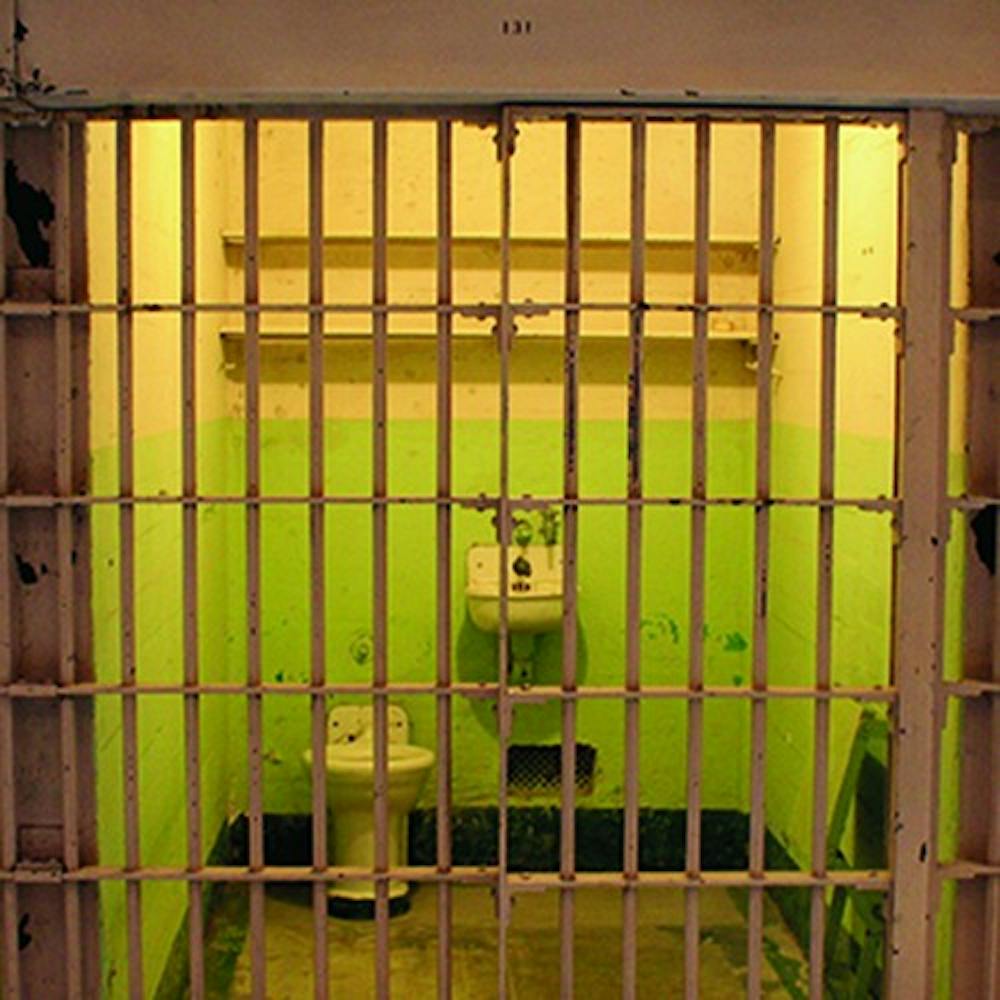The definition of the death penalty by Google is a punishment of execution, administered to someone legally convicted of a capital crime.
What constitutes the death penalty, however, is different for every state in the U.S. For example, in Pennsylvania first-degree murder with 18 aggravating circumstances is appropriate for the penalty.
While in New York the death penalty has been eliminated altogether, according to DeathPenaltyInfo.org.
The typical convicts of this penalty are repeat rapists, murderers or serial killers.
The average time spent on death row by the 46 inmates executed in 2010 was 14 years as reported by Time magazine.
The conditions for death row inmates are so harsh that each prisoner may spend up to 23 hours in their jail cell every day by themselves.
The prisoners are also excluded from prison educational and unemployment programs and are sharply restricted in terms of visitation and exercise. But with so much restriction, planning and processing it takes to put an inmate on death row, is all of the time and money worth it?
As stated by an article on English-Online, a website dedicated to making concepts easy to understand, the death penalty is a massive waste of money.
In 2007, New Jersey banned executions because the state spends $4 million for every prisoner that is executed and to add insult to injury they have not executed anyone since 1963.
The underlying principle of death row is to remove those individuals unfit for society.
Those people who have committed a crime on multiple occasions and still preach that they will never do it again.
Should we as a society be spending our tax dollars, which we have worked day and night for, on murderers who have killed children, women and innocent victims?
Millions of dollars are thrown out the window in order to execute people, but why not just keep them in jail?
A retired California judge, according to English-Online, said it is a waste of money.
“Convicted inmates are on death row for about 20 years.
It only makes the victims suffer longer.” To top it all off there were 16,272 murders in 2008 alone and 16,929 in 2007 according to The U.S. Census Bureau.
But only 5,093 convicted murderers had been executed from 1930-2010.
That leaves a lot of inmates waiting on death row in many states across the country.
Think about every dollar wasted on pushing for the death penalty.
Those who are successfully convicted will not be lying in that chair awaiting their deaths for at least another decade or so and getting the job done is expensive and time consuming.
It is a shame to think our system is in shambles because of our lack of participation in understanding just how unnecessarily complex the death penalty can actually be.
The moral of the story is to eliminate the death penalty altogether.
This way, our economy will begin to heal and we won’t face this kind of problem in the future.
Plus, the inmates will die in prison anyway, why spend $4 million to speed the process?



The Slate welcomes thoughtful discussion on all of our stories, but please keep comments civil and on-topic. Read our full guidelines here.